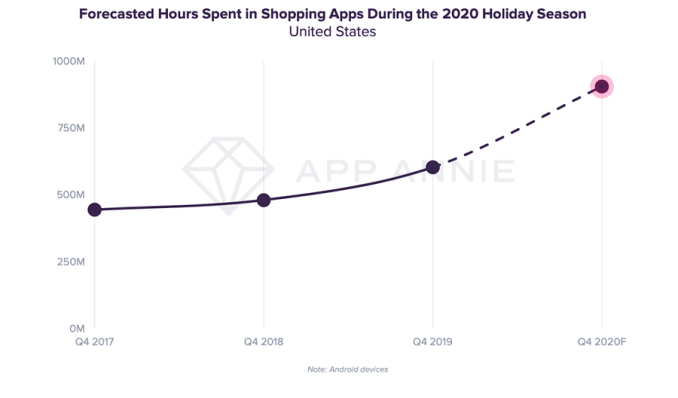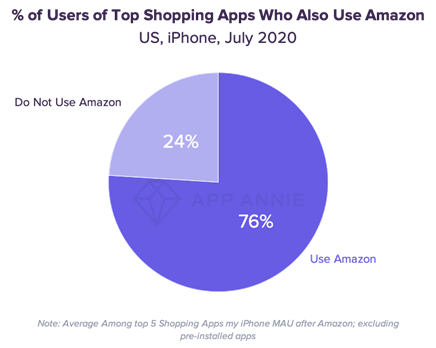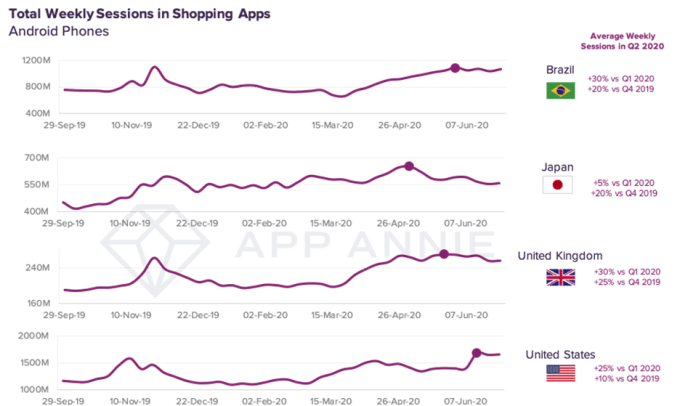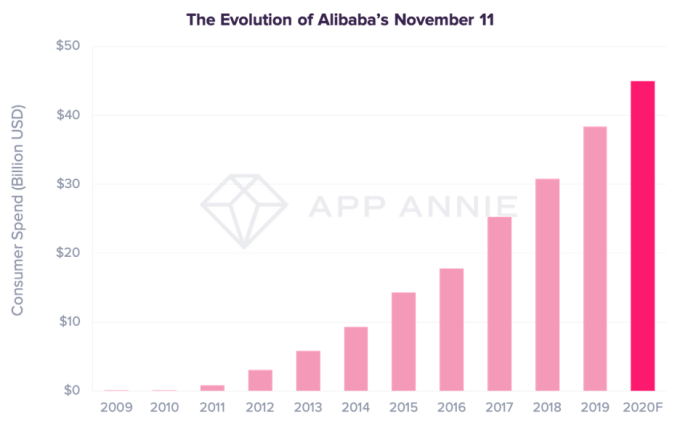Amazon this morning announced it’s teaming up with AT&T on a new feature that will allow some AT&T customers to make and receive phone calls through their Alexa-enabled devices, like an Amazon Echo smart speaker. Once enabled, customers with supported devices will be able to speak to the Alexa digital assistant to start a phone call or answer an incoming call, even if their phone is out of reach, turned off, or out of battery.
The feature, “AT&T calling with Alexa,” has to be first be set up under the user’s Alexa account.
To do so, users who want to enable the option will need to go to the “Communication” section in their Alexa app’s Settings. From there, you’ll select “AT&T” and then follow the on-screen instructions to link your mobile number.
Once linked, AT&T customers will be able to say things like “Alexa, call Jessica,” or “Alexa, dial XXX-XXX-XXXX” (where the X’s represent someone’s phone number).
When a call is coming in, Alexa will announce the call by saying, “Incoming call from James,” or whoever is ringing you. You can respond, “Alexa, answer,” to pick up, then speak to the caller via your Alexa device.
There are few different ways to control when you want to receive incoming calls.
You can create an Alexa Routine that specifies you’ll only receive your calls through Alexa during workday hours of 9 am to 5 pm, for example. You could also make a routine that allowed you to disable AT&T calls on your device when you said a trigger phrase, like “Alexa, I’m leaving home.” Plus, you can manually turn off the feature when you’re leaving the house, by switching on the “Away Mode” setting in the Alexa app.
The new feature is made possible by AT&T’s Numbersync service that allows users to make and receive phone calls on smartwatches, tablets, computers, and now, Alexa devices. There’s no cost associated with using the feature, which is included with all eligible AT&T mobile plans.
Amazon says AT&T Calling with Alexa is available on post-paid plans for those customers who have a compatible HD-voice mobile phone, like an iPhone or Samsung Galaxy device, among many others.
While only AT&T customers in the U.S. can take advantage of the feature, they’re able to place outgoing calls to numbers across Mexico, Canada, and the U.K., as well as the U.S.
Amazon declined to say if it plans to offer a similar feature to customers with other carriers, but says it will respond to user feedback to evolve the feature over time.
This is not the first feature designed to make Alexa devices a tool for communication.
Amazon has already tried to make its Alexa devices work like a cross between a home intercom and a phone. With features like Drop-In, users can check in on family members in other parts of the home. Or they could use Announcements to broadcast messages, like “Dinner’s ready!” Meanwhile, calling features like Alexa-to-Alexa Calling or Alexa Outbound Calling, have allowed users to make free phone calls to both other Alexa users and most mobile and landline numbers in the U.S., U.K., Canada, and Mexico through Alexa devices or the Alexa app.
However, these features didn’t support incoming calls or calls to emergency services, like 911, so they weren’t full phone replacements.
Arguably, it may also be hard to get users to change their habit of using their cell phone in favor of an Alexa device, given that many people tend to keep phones nearby at all times, even when at home.
By offering a way to tie an Alexa device to a real phone number, however, users may be more inclined to try calling through Alexa.
The feature could also benefit the elderly, who couldn’t get to their phone in time, in the event of an emergency, or those with other special needs or disabilities that make walking over to a cell phone to answer a call more difficult.
Unfortunately, there’s still a major roadblock to using this service: spam calls. So many calls today are unwanted robocalls and spam. Having them announced over Alexa could become more of an annoyance than a help, unless users already subscribe to an advanced call blocker service.
Amazon says the new feature is live today across the U.S.









